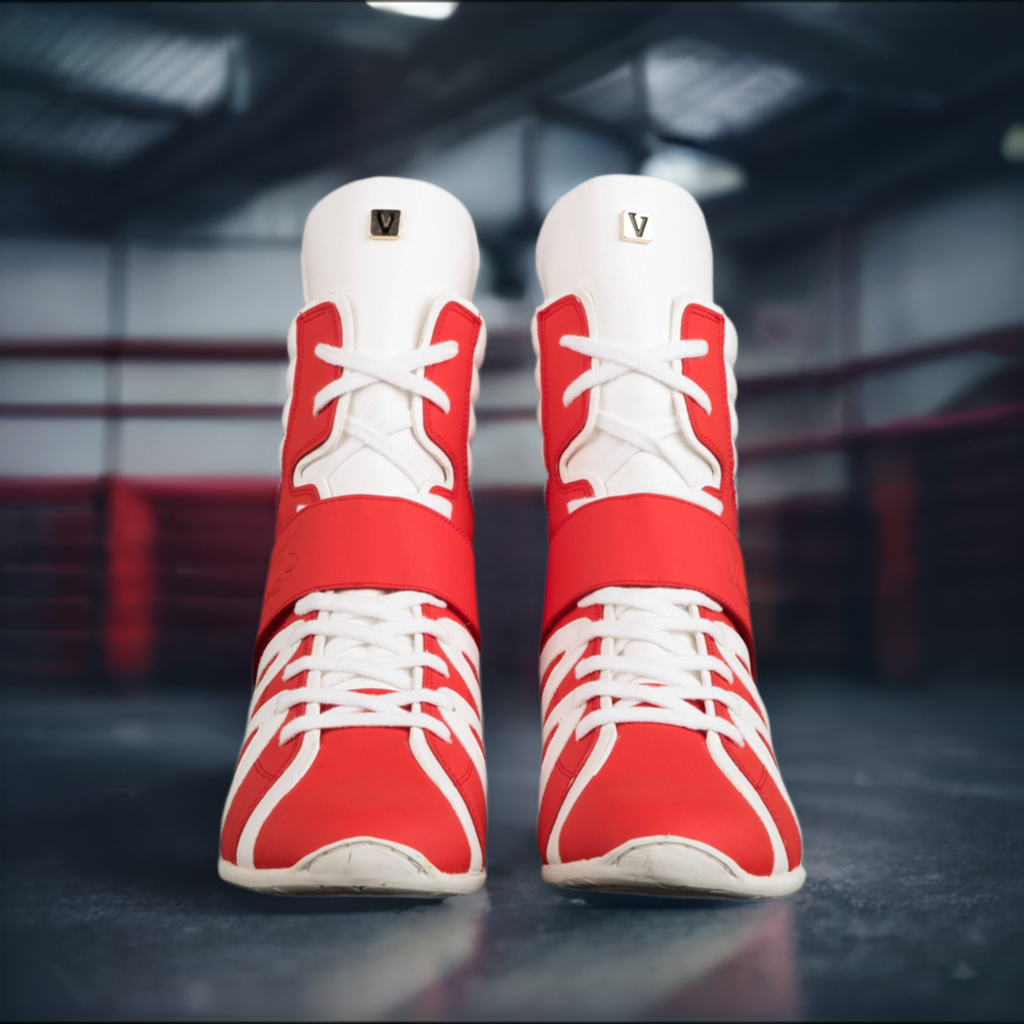Punching ball
-
Durability: A good punching ball should be made of high-quality materials that can withstand repeated strikes without easily wearing out or deflating. Durable materials like synthetic leather or reinforced rubber are commonly used.
-
Rebound Responsiveness: The punching ball should offer a consistent and predictable rebound responsiveness. It should bounce back quickly after each strike, allowing for continuous training and rhythm development.
-
Size and Weight: The size and weight of the punching ball should be appropriate for the user's skill level, strength, and training goals. Smaller and lighter punching balls are generally more suitable for beginners, while larger and heavier ones provide a greater challenge for advanced users.
-
Adjustable Height: Many punching balls come with an adjustable height feature, allowing users to customize the height according to their preferences and training needs. This adaptability ensures that users can practice punching techniques at various angles and heights.
-
Stability: The punching ball should be stable and securely attached to its base or platform. This stability prevents the ball from swinging excessively or falling over during intense training sessions, ensuring safety and effective training.
-
Easy Setup and Portability: A good punching ball should be easy to set up and take down, allowing users to quickly assemble and disassemble it for storage or transport. Portability is especially important for users who train in multiple locations or have limited space at home.
-
Feedback and Accuracy: Some punching balls are designed with target markings or feedback systems that help users improve their accuracy and precision. These features provide visual cues and feedback, allowing users to adjust their punches and improve their technique over time.
By considering these factors, individuals can select a punching ball that meets their specific needs and preferences, enabling effective and enjoyable boxing training sessions.


